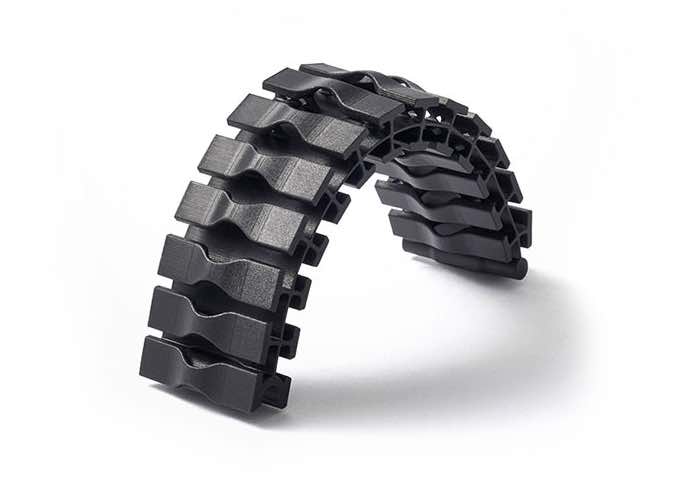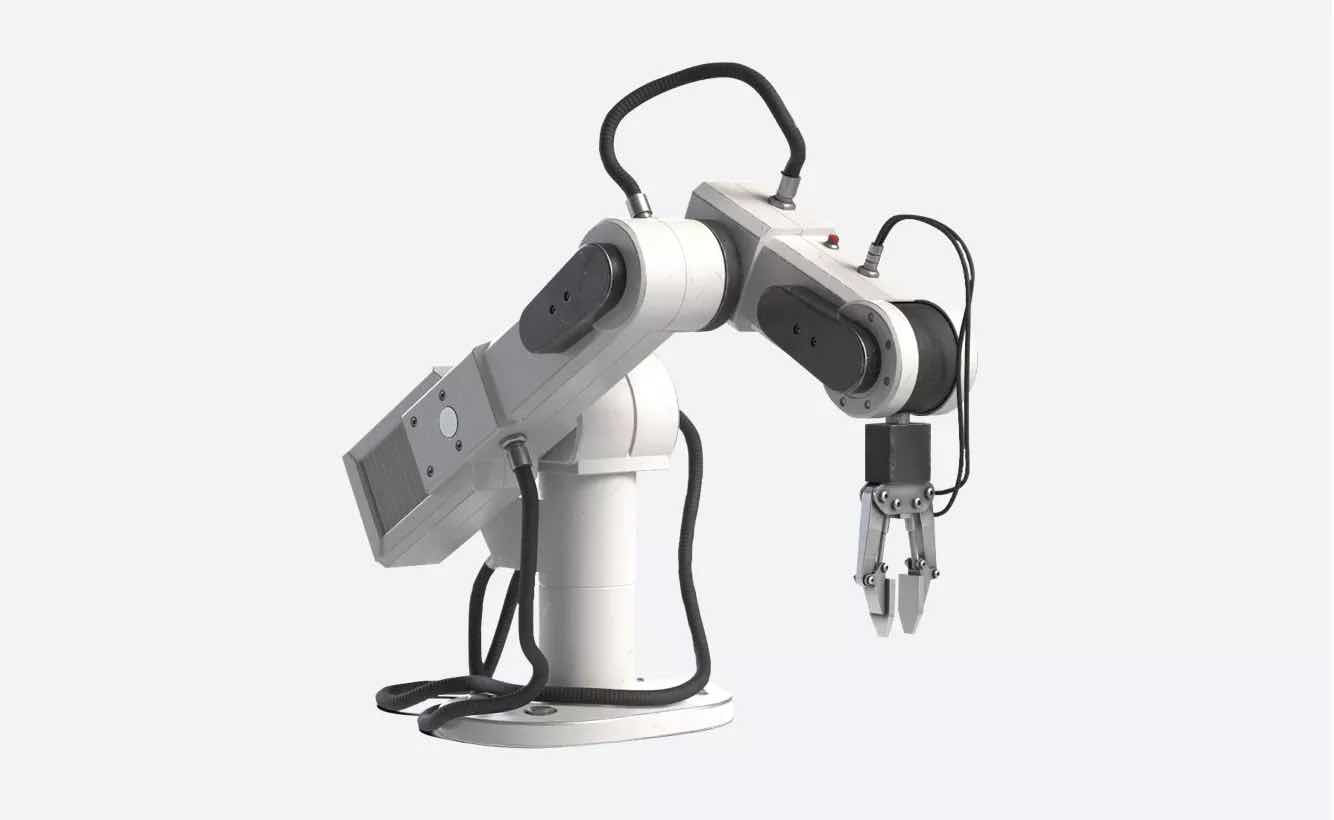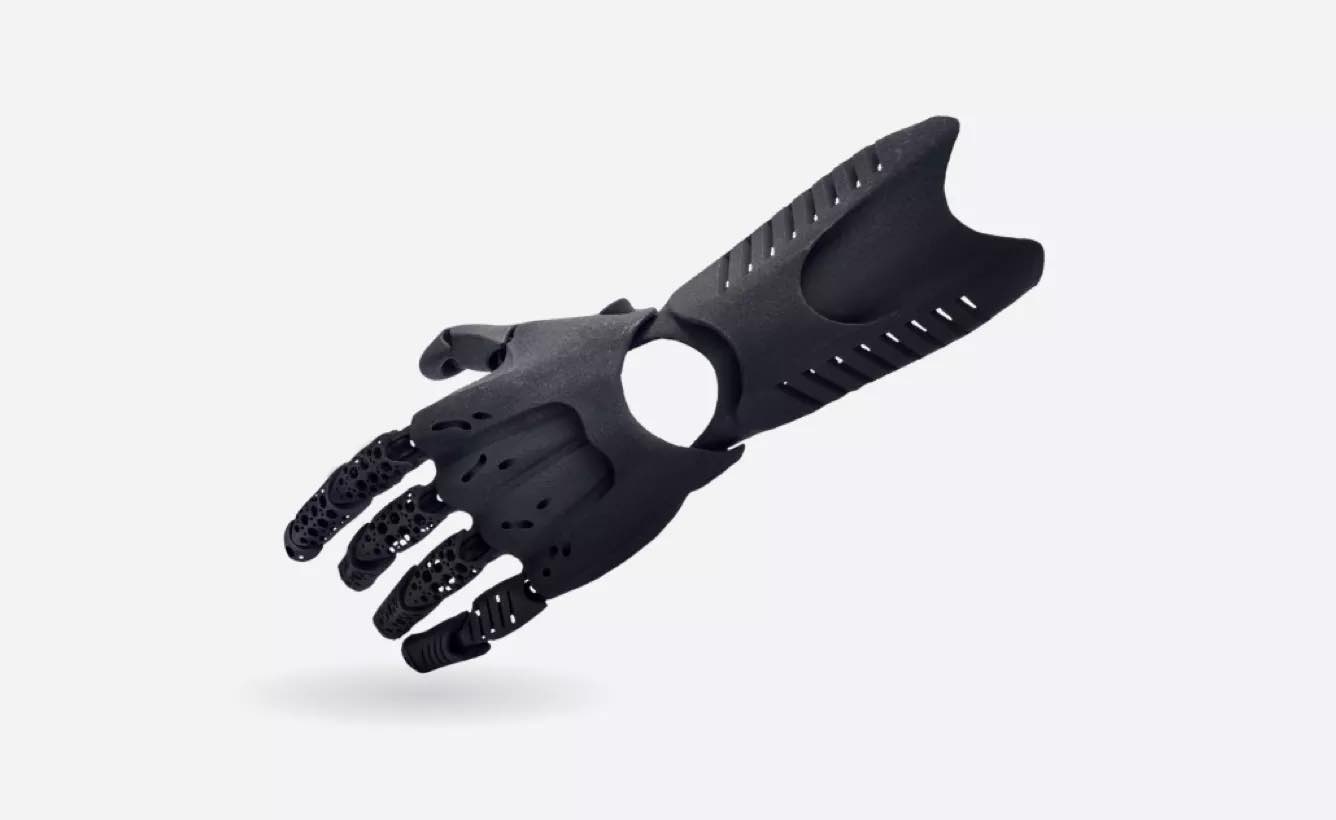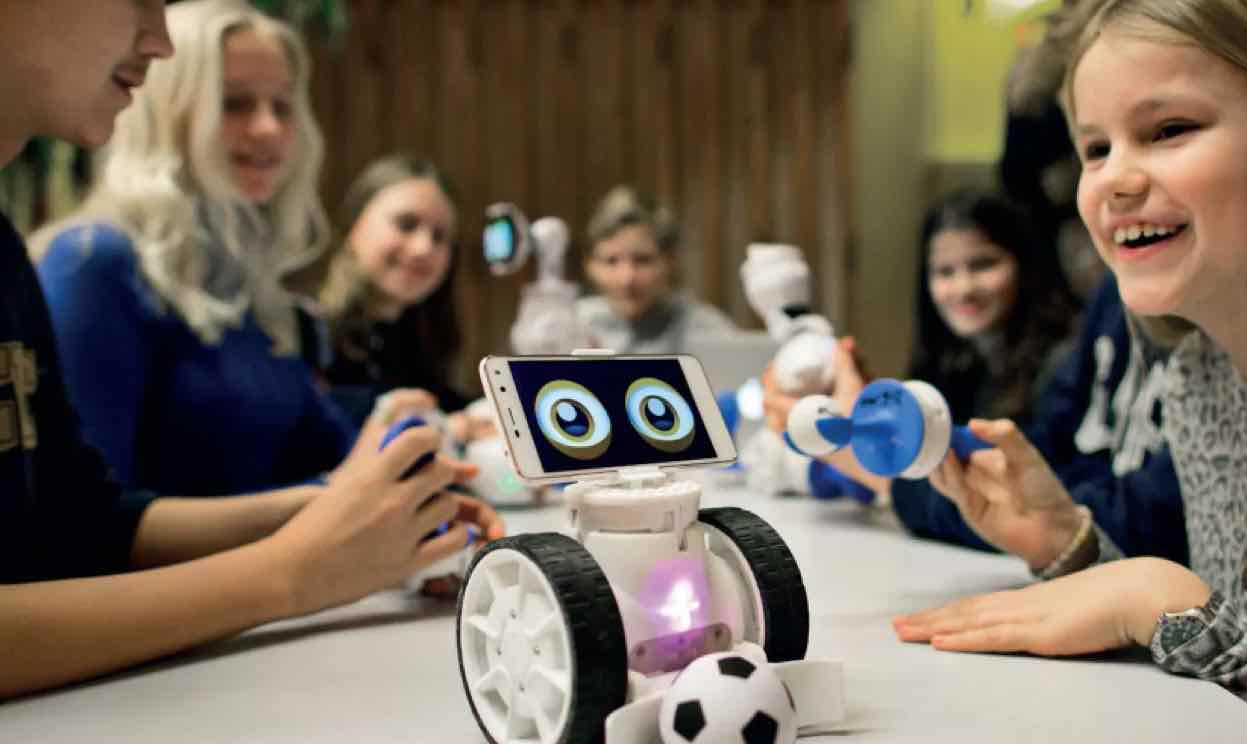
The robotics field still tends to be seen as futuristic, new, and even somewhat unknown, despite coming into inception during the 1950s. Expected to expand into an industry worth $260 billion by 2030, robotics continue to reserve a fascinating niche in the future but are already deeply and undeniably anchored in the present.
Designers and engineers have more control than ever in creating, disrupting, and transforming–and while in the past there may have discomfort regarding what role robots might play in ‘controlling’ our lives one day, it is obvious that humans have nurtured the growth of such technology; in fact, robotics have been engineered by humans and directed into an amazing, symbiotic relationship–one that is progressing in a positive direction in manufacturing and innovation.
Evolving Together: Robotics and 3D Printing Technology
The robotics industry is expected to grow further in connection with 3D printing, a technology that is highly complementary; in fact, some consider additive manufacturing to be a robotic process in itself. Robots for manufacturing can be 3D printed, and further, they can even be used to replicate more 3D printed parts.
As is the case with most types of digital fabrication, the possibilities are endless, and designers and engineers around the globe are taking full advantage of the benefits, whether iterating numerous parts, or manufacturing high-performance components.

Rapid Prototyping of 3D Printed Robotics
In combination with other technology like 3D printing, opportunities for advancement are infinite. For designers building models or industrial prototypes during project development and testing, 3D printing transforms the process. The road to perfecting robotics is faster and easier than ever before with 3D printing and the ability to iterate quickly–in comparison to waiting long periods of time in dealing with traditional manufacturers. Changes can be made expediently, parts are sent right back out for necessary and valuable feedback, and changes are implemented to 3D printed robotic parts in a streamlined fashion.
At Shapeways, every part is analyzed for printability too, ensuring accuracy and repeatability in manufacturing every single time–no matter what the scale of the 3D printed robotics–when designing full-size robots or smaller operating parts. Assemblies can be reduced too, for any type of build, whether involving a DIY project or in producing a large system which must also include 3D printed robotic attachments that grip, grab, or wield items during an automotive build or a construction project, as examples.

Developing Unique Modifications for Robotics Applications
The sky’s the limit in prototyping and manufacturing 3D printed robotics. This is quite literal too. While robotics have been put to use on the ground manufacturing for applications like the automotive industry for decades, soon we may see complex 3D printed robotics systems in aerospace, performing a wide range of tasks required during missions, as well as for performing rigorous outside duties like building habitats. The key is in continued iterating of parts, and in the ability to customize as far as the imagination–and project requirements–can go.
Other extremely important applications for robotics include a complex array of 3D printed limb replacements that can be enhanced with bionics and electronics, incorporating parts with multiple functions into one build. These types of 3D printed robotic hands and 3D printed robotic arms are usually incredibly life-changing for the recipients, and especially for children. Again, the ability to customize prosthetics is key in terms of fit and function, and personalization of items for the users, which decreases self-consciousness immensely and encourages use.

Introducing Suitable 3D Printing Materials and Technology
Shapeways continues to support robotics designers, make 3D printing materials and technology accessible for building advanced parts, and encouraging customers to turn amazing concepts into high-performance systems. Designers and engineers rely on popular materials like Nylon 12 [Versatile Plastic] with Selective Laser Sintering for serious prototyping, as well as functional, end-use parts requiring materials with high ductility for either flexibility or hardness, depending on the form. Other choices for strength yet lightweight qualities include metals like Steel 3D printed with Binder Jetting or Aluminum via Selective Laser Melting.
Find out more about the wide range of Shapeways materials and finishes for making prototypes and functional parts here.
About Shapeways
Enjoy the benefits of this advanced technology and a wide range of materials from Shapeways for 3D printing your creations with accuracy, complex detail, and no minimum or limits in terms of mass customization or single part orders. Shapeways has worked with over 1 million customers in 160 countries to 3D print over 21 million parts! Read about case studies, find out more about Shapeways additive manufacturing solutions, and get instant quotes here.

